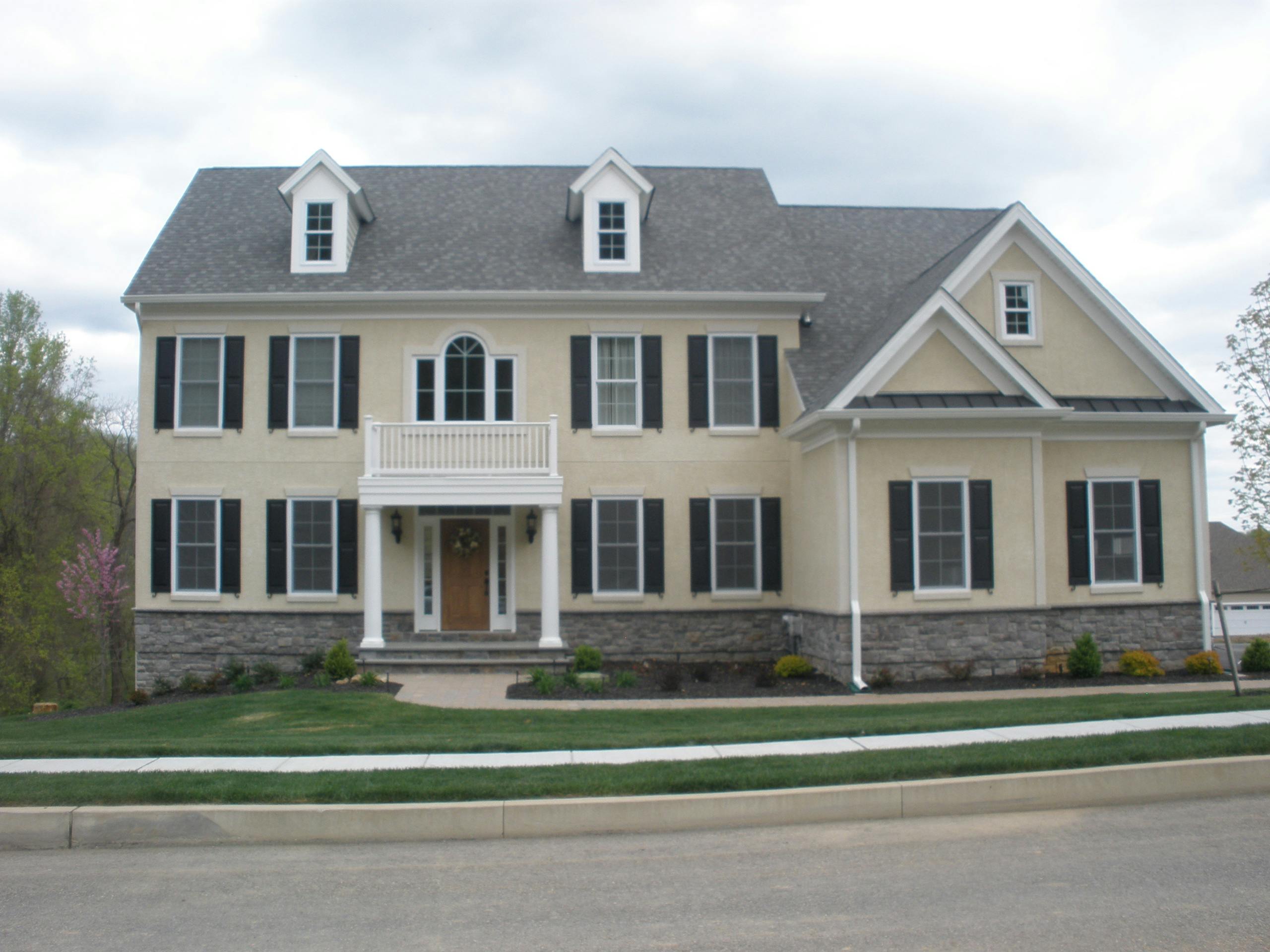
To the untrained eye, plaster and stucco may look like the same material. And appearance isn’t the only thing these materials have in common. Both materials contain cement. Both are applied to walls in similar ways. And both can be painted whatever color you choose.
Technically speaking, stucco is a specialized type of plaster. But, that doesn’t mean the two are interchangeable. They have different material compositions, different use cases, and different installation processes.
Before you make your choice, it’s important to understand the differences between the materials. You don’t want to choose plaster when you really want stucco. And you don’t want to choose stucco when you really want plaster.
Material Composition
One of the biggest differences between plaster and stucco is their material composition. Both include portland cement for structure and varying amounts of sand for texture. But, while plaster has a gypsum base, stucco has a lime base.
Gypsum is softer than lime, and so plaster is naturally a softer material than stucco. This influences where plaster is used compared to stucco and the installation processes of the two materials. We’ll go over those differences later on.
For now, the main takeaway is that plaster’s softer surface can be more susceptible to blunt force damage. But, since both materials include cement, they’re fairly similar when it comes to protecting your home from other sources of damage.
The inclusion of lime instead of gypsum isn’t the only difference in ingredients between stucco and plaster. Modern stucco also sometimes includes fiberglass strands to add strength and support to the material.
Additionally, stucco can suffer from cracking for various reasons. Its hardness makes it less tolerant to stresses such as those resulting from the home settling. But, the fiberglass strands help to prevent or reduce this cracking.
Use Cases: Indoor vs. Outdoor

Plaster can be used both indoors and outdoors. But, indoor use is most common, in part due to its softer surface. On the other hand, stucco is solely for outdoor use. The main reason for this is its rougher texture – though, the installation process also plays a role.
When used indoors, plaster provides a classic aesthetic that modern drywall simply can’t replicate. And, unlike stucco, plaster can even be used for ceilings within your home to give your rooms a uniform appearance.
For outdoor plaster applications, there are specific outdoor plasters designed to withstand the elements better. But, can you guess what the most specialized of these outdoor plasters is? That’s right, it’s stucco.
When it comes to protecting your home against everything nature throws at it, stucco is the better option. But, plaster still has its use cases. Specifically, plaster can be molded into decorative elements on the wall. The same can’t be done with stucco.
Installation Processes

You might expect that the installation processes for plaster and stucco would be the same. After all, if stucco is a specialized form of plaster, how different could it be? Well, due to the construction of the two materials, the installations are different.
Plaster can be applied directly to surfaces, unlike stucco. For example, you could apply plaster directly to a masonry wall to give it a fresh appearance. But, plaster can’t be applied to all surfaces in this way.
Some materials don’t provide a good surface for plaster to adhere to. When this is the case, a fine wire mesh is used. The mesh is first attached to the wall, and then the plaster is applied to the mesh.
As stated, stucco cannot be applied directly to walls. Stucco that has been applied in this way will quickly begin to chip and break away from the wall. Instead, a wire lath should first be attached to the wall so the stucco has something to adhere to.
The wire lath used for stucco isn’t the same as the fine wire mesh used for plaster. It uses a thicker wire and has larger gaps between each wire making up the lath.
With the lath in place, the stucco is then applied in three coats, or layers. The scratch coat provides a rough texture for the next coat to bond with. The brown coat is applied on top of that. And the finish coat is applied last to give the wall its final appearance.
Plaster or Stucco?
Is plaster or stucco the right material for your home? That depends on your answers to a few questions. Since plaster is a gypsum-based material and stucco is a lime-based material, they have different qualities and are used in different ways.
If you intend to coat your interior walls, then plaster is the answer. But, if you want to coat your exterior walls, both materials can work. Do you want a material that’s more durable or one that’s more versatile? That’s the big difference between stucco and plaster.
But, it’s also important to remember that both materials have slightly different installation processes as well. Regardless of which you choose, you’ll want to hire a contractor experienced in installing it.
Friel Exteriors
At Friel Exteriors, we have the experience needed to properly install both plaster and stucco. And, that’s not all. We can also install siding or stone veneer. Contact us today to request a quote for your home renovation project.




